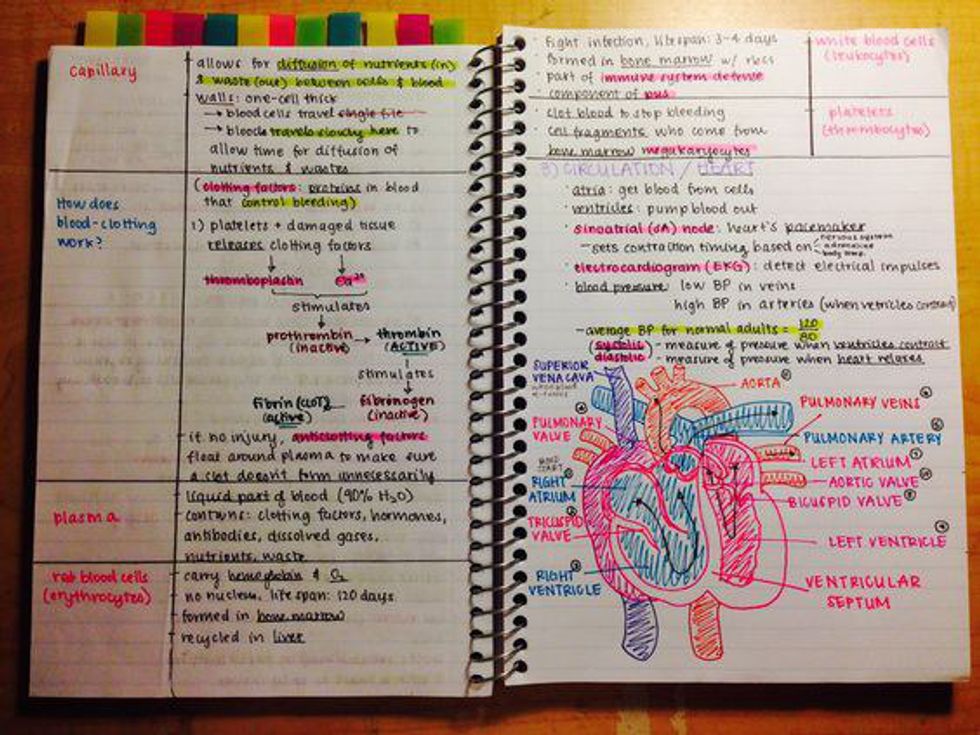Content creation is now one of this generation's most popular career paths. It has grown rapidly in recent years and continues to grow, with an increasing number of new creators plying their trade online and using platforms to showcase their skills and talents.
Content creation is now one of this generation's most popular career paths. It has grown rapidly in recent years and continues to grow, with an increasing number of new creators plying their trade online and using platforms to showcase their skills and talents. Furthermore, the number of people who consume online content, typically millennials and Gen Z'ers, is growing, whether for free or for a fee.
It's no surprise that they've been able to build a rising economy on the back of the content creation boom. The creator economy refers to the market for written, visual, video, and voice-based content. There are currently over 50 million creators in the world.
This economy has an impact on consumers, creators, and marketers. You may or may not be aware of it, but because it is expanding, its influence may eventually reach you. You can learn more about it in this blog, which provides an overview of the creator economy.
The Creator economy is an ecosystem
The creator economy has been one of the fastest-growing spheres of influence in the last decade. It’s an ecosystem that consists of:
- Platforms and software that enable content creation and discovery,
- creators who produce content,
- and brands that need to scale content.
Anyone who creates digital content through writing, visual work (digital art), video, or voice is referred to as a content creator (podcasting). They can be found on any digital media platform that hosts content, including WordPress sites, YouTube, Twitch, TikTok, and Facebook.
Celebrities such as professional athletes, actors, models, politicians, and business owners have long been brand partners. The creator economy, on the other hand, has changed this, as numerous brands around the world scale content and collaborate with content creators to promote their products or services, demonstrating their influence and the power of the internet and digital media. As a result, the term "influencer" was coined to describe creators who cultivated an online following by producing content on their preferred platforms and interests.
As they consume their content, their followers or internet users move the creator economy. The more people who view, share, and subscribe to a content creator, the more likely it is that they will be discovered by brands and earn money in addition to what they earn from their followers.
Tools and platforms content creators use
Content creators employ a variety of tools to aid in the facilitation of the creator economy. Content creation tools and platforms for influencer marketing and patronage are among them. Here are a few examples of each:
Content creation tools
- Video: Streamlabs, Quik, Kapwing, inVideo
- Photography / Graphic Design: Canva, Fotor, Piktochart
- Motion Photos: Giphy
- Music: Garage Band, Splice, FL Studio
- Podcast: Anchor, PodBean, RedCircle
Influencer marketing
Brands and content creators find each other through various influencer marketing platforms and agency websites. MediaKix, Pulse Advertising, TapInfluence, CreatorIQ, Arthouse, and others are examples.
Patronage platforms
These are websites or features that content creators use to generate income and funding for their work. MeeSee, Patreon, YouTube Channel membership, Twitch subscription, Facebook stars, and the most recent Twitter Tip Jar are a few examples.
Where the creator economy is headed
The creator economy's growth rate is still on the rise and based on current trends, it does not appear to be slowing down. There are currently 2 million professional content creators or those who do it full-time as a career. Looking at the supply of content and the number of platforms available to publish it, that number will continue to grow, and so will the creator economy.
Because of their current population, content creators are also the "new business"; they seek alternative ways to earn money, hence the patronage platforms. This is more than just a job; it is also a business. More people will find being a content creator a desirable career as they continue to thrive and cultivate their following, positively impacting the creator economy. To cut down your publishing efforts on various platforms, you can automate the process by scheduling social media posts at your audience’s peak time.
Conclusion
The creator economy grew because it provided people with the opportunity to earn money while doing what they enjoy, which is many people's ultimate goal. Furthermore, it demonstrates that the dream is attainable. As a result, it has become an influential part of today's technology-driven world, seeking to expand and legitimize itself as a career option and a player in the business world through influencer marketing.





































